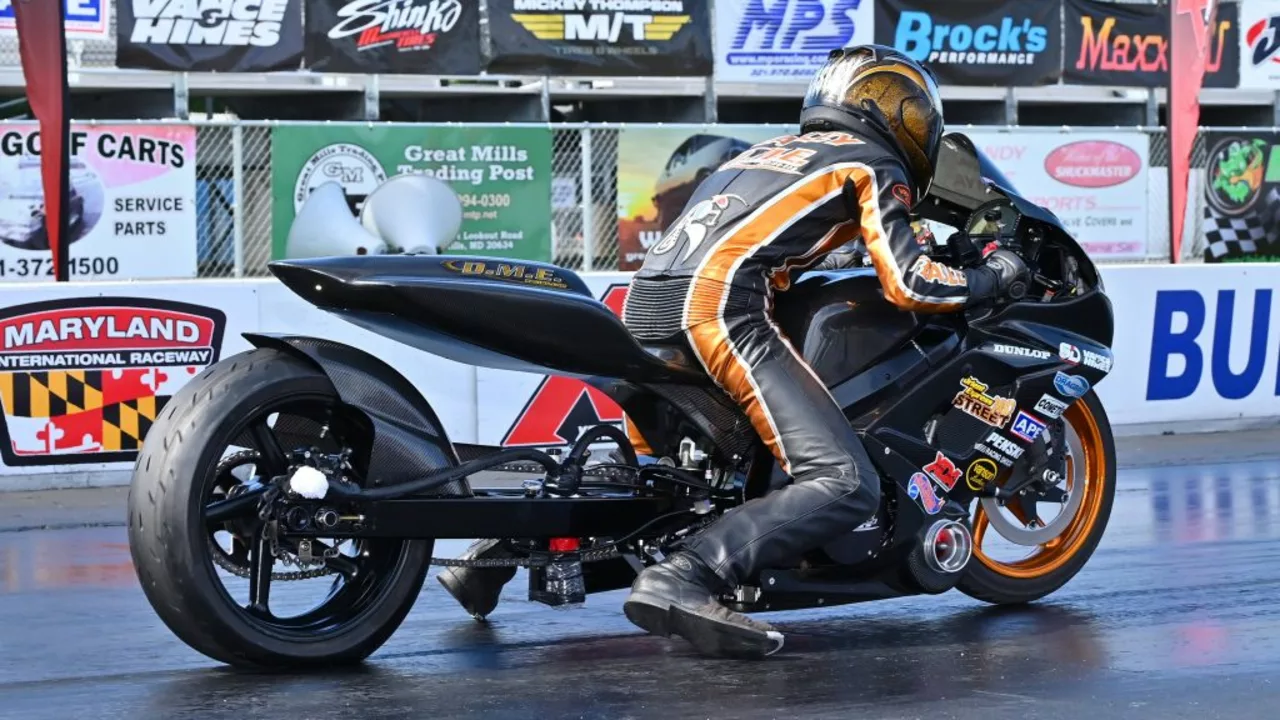Motorcycle Racing – All the Action, News, and Tips
If you love the roar of engines and the thrill of tight corners, you’ve landed in the right spot. Motorcycle racing isn’t just a sport; it’s a lifestyle that gives you speed, skill, and nonstop excitement. Here you’ll find what’s hot on the track, when the next big meet is, and how to get the most out of every ride.
What’s Happening in Motorcycle Racing?
From MotoGP to local club races, the calendar is packed. We update the schedule so you never miss a race, whether it’s a world‑class Grand Prix or a grassroots sprint event. Check the dates, venues, and ticket info—all in one place. We also cover the latest bike releases, team changes, and driver interviews, giving you the inside scoop you can’t get from generic news sites.
Following a rider’s journey adds a personal touch to the sport. Want to know how a rookie climbs the ladder or why a veteran swaps teams? Our quick bios and season outlooks break it down without the jargon. You’ll see who’s fast, who’s consistent, and who might surprise you at the next race.
Gear Shifters in Drag Racing – Quick Tips
One of the most talked‑about topics lately is the gear shifter’s role in motorcycle drag racing. In our featured post, "How does a gear shifter work in motorcycle drag racing?", we explain the quick‑shifter system in plain English. Basically, the system lets a rider shift gears without pulling the clutch or easing off the throttle. It does this by briefly cutting engine power, which smooths the shift and saves precious tenths of a second.
There are two main types: mechanical and electronic. Mechanical systems use a cam or spring to momentarily close the intake valve, while electronic versions send a signal to the ECU to cut ignition for a split‑second. Both aim for faster acceleration, but electronic setups give finer control and are easier to adjust during a race weekend.
If you’re tweaking your bike for a drag event, start by checking the quick‑shifter’s compatibility with your engine and ECU. A mismatched setup can cause lag or missed shifts, hurting performance. Once installed, practice smooth, clutch‑less upshifts on a safe strip before hitting the track. You’ll feel the difference in how the bike launches off the line.
Beyond the tech, remember that a good gear shifter setup pairs with proper riding technique. Keep your throttle steady, watch the rev counter, and shift at the right RPM range for your bike’s power band. Small timing errors can negate the advantage of a high‑tech system.
Our community section lets you ask questions, share setups, and compare results. Think of it as a garage chat where racers swap stories and troubleshoot gear‑shifter issues together. You’ll find real‑world feedback that you won’t see in product manuals.
Whether you’re a seasoned pro, a weekend warrior, or just a fan staying on the sidelines, this page gives you the tools to stay informed and improve your ride. Bookmark the schedule, read the gear‑shifter guide, and join the conversation. Motorcycle racing is always moving—stay in the fast lane with Motorsports Event Hub.
How does a gear shifter work in motorcycle drag racing?
In the exhilarating world of motorcycle drag racing, the gear shifter plays a pivotal role. It's designed to enable swift and efficient gear changes, maximizing power output from the engine. This is usually achieved through a quick-shifter system, which allows the rider to shift gears without using the clutch or easing off the throttle. The system can be mechanical or electronic and works by momentarily interrupting the engine's power. This results in faster acceleration times, making it a crucial element for any competitive drag racer.
